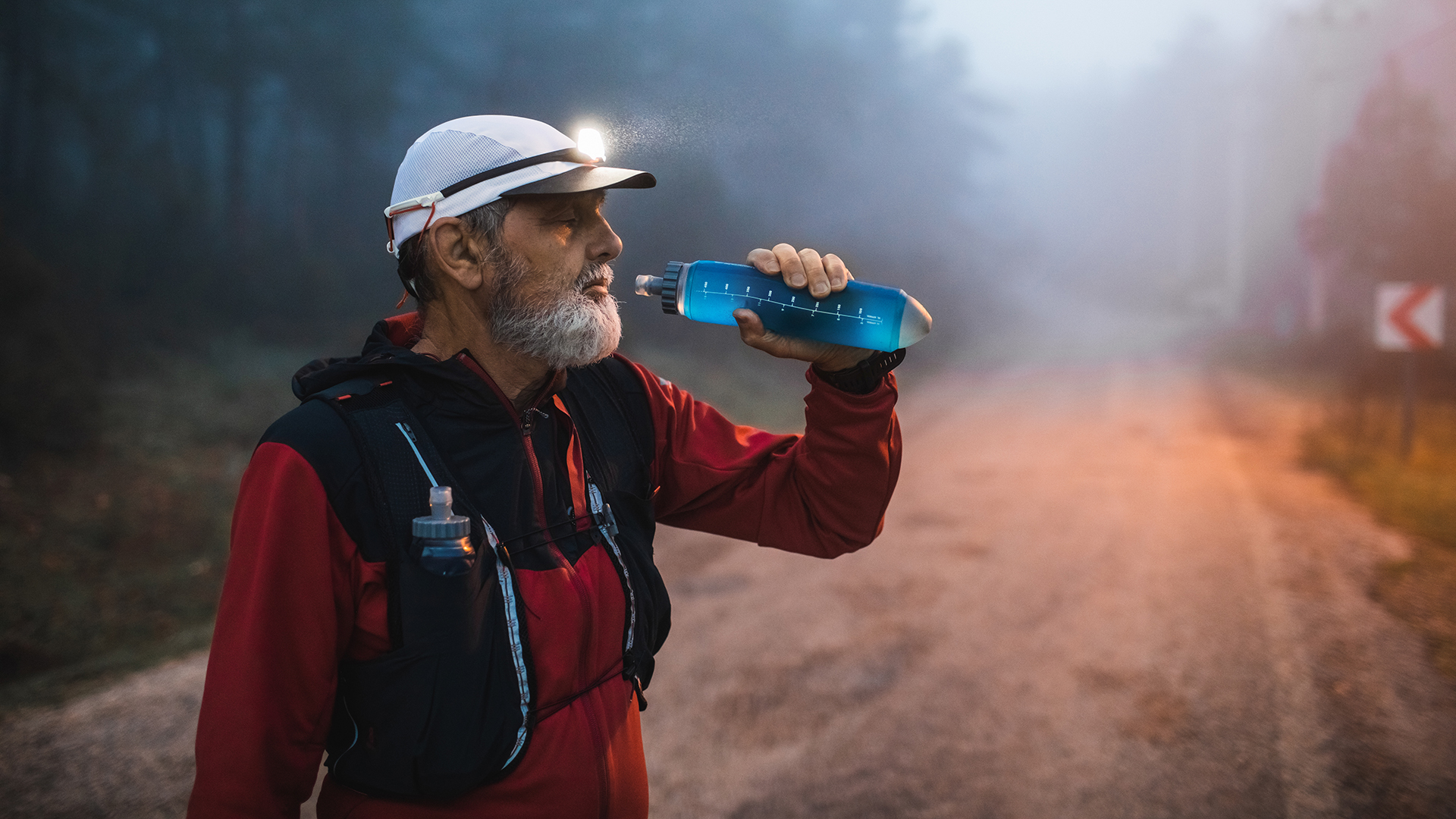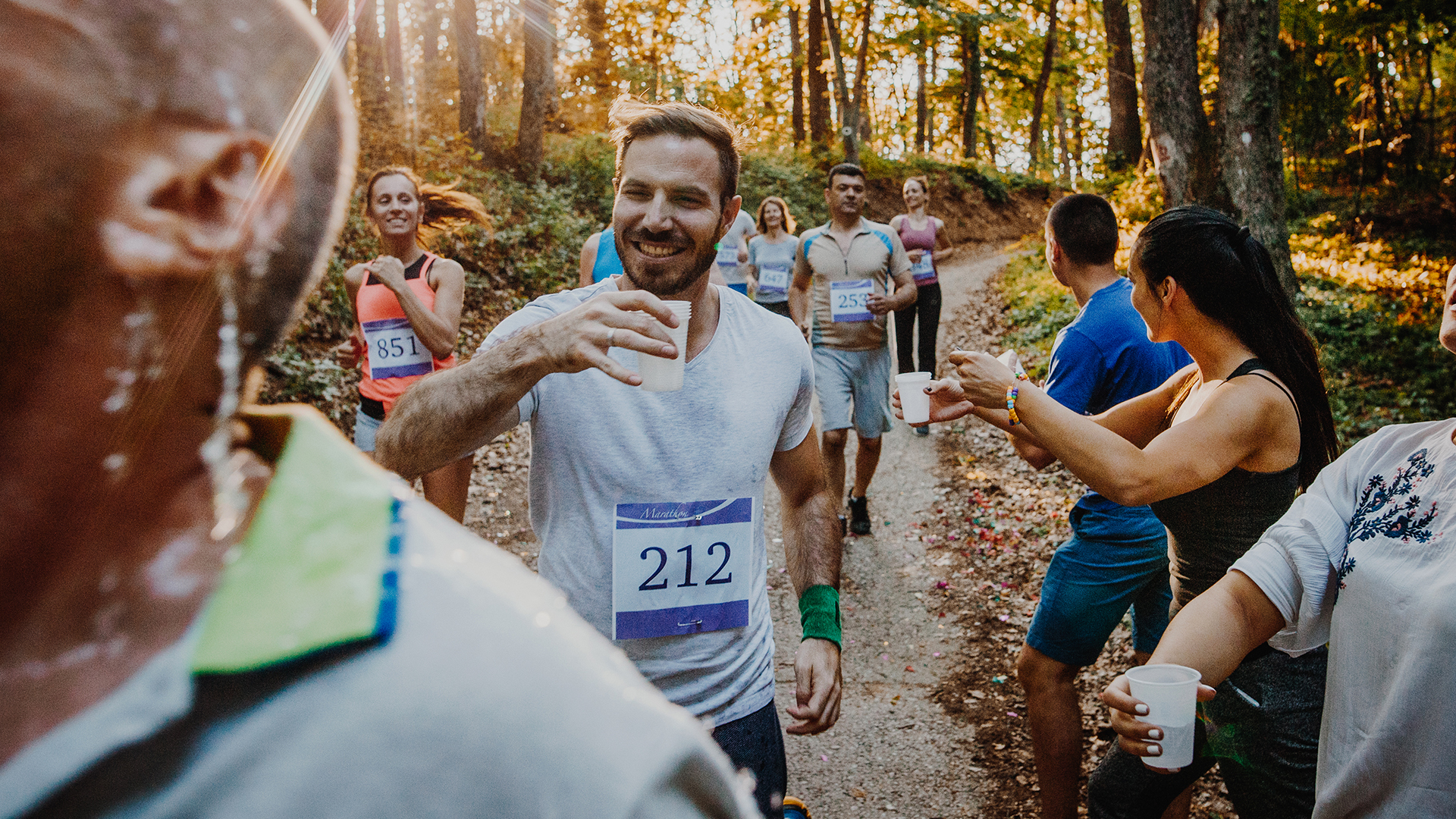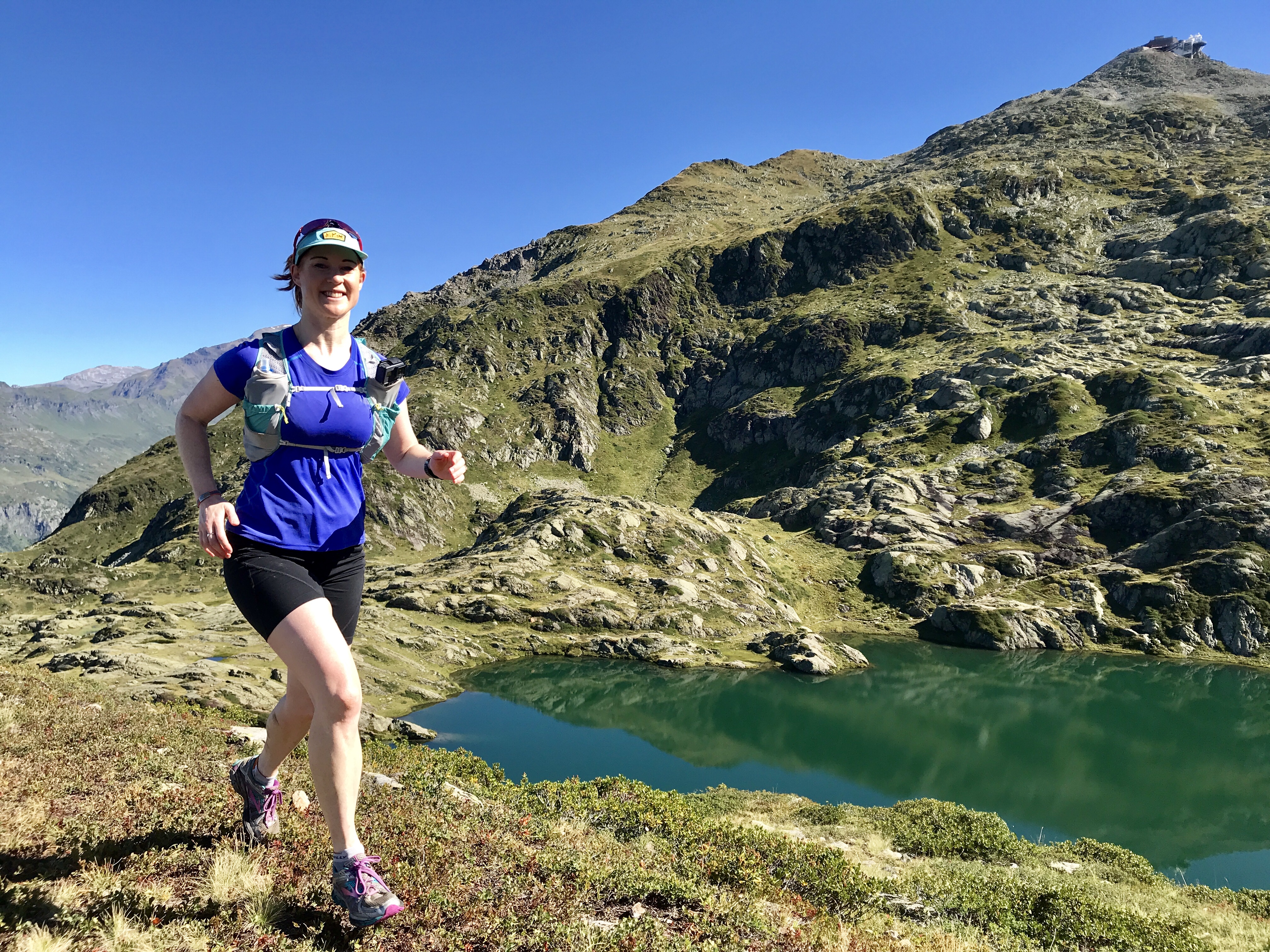11 top tips for your first (or fastest) trail race
Whether you're new to trail racing or a seasoned pro, ensure you have the best race possible with our expert tips

After having run a fair few trail races I’ve picked up some stellar tips that will help you out considerably – and surprisingly, many of them are very similar whether you’re a trail virgin or an experienced vet slogging your guts out for a personal best.
If you can adopt all 11 of these into your pre-race and during-race routines, you’ll be on to a winner whatever your aim on the trails this spring and summer. Here are my top tips for your first or your fastest trail race.
1. Pick the right distance
As a beginner runner it’s good to start shorter and progress to the longer races gradually, so start out with 5k or 10k. If you’re already a runner but new to trails then choose your preferred distance, but remember it will take you a little longer on lumpy paths than on roads, so maybe go slightly lower than usual. For experienced trail runners, play to your strengths and pick a 5k if you like a short, sharp blast or maybe a half marathon distance if long and steady is more your bag.
2. Train on trails
Whether you’re a complete newcomer to trails or very experienced, you’ll benefit most from training on trails, so seek out rough ground whenever you can. Find out what the terrain is going to be like for your race and replicate it as much as you can in training.
This doesn’t necessarily mean you have to trek to the mountains – you can run through local parks, footpaths and woodland or even just the grassy verge next to the pavement. Every little helps to strengthen up your ankles and core muscles. This film provides a few ideas to help you find trails locally.
3. Train consistently
You’ll get fitter and stronger much faster if you run little and often rather than just one long run at the weekend. For beginners training for 5-10k races I recommend running 5k three times a week with a non-running day between each run, then gradually increase one of the 5k runs by 1k per week until you are running 10k comfortably. For more experienced runners looking to get faster I’d still recommend three runs per week: one ‘fun run’ of around 5k; one tempo run (for example a fast parkrun) or an interval session of four building to eight lots of 60- to 90-second fast efforts with a jog recovery; and finally a long run that builds by a kilometer or two each week to your race distance, or just short of it.
Every 3-4 weeks have a rest week where you ease off to allow your body to recover, and before races make sure to taper with less intense training for at least a week, and longer as the event distance increases.
All the latest inspiration, tips and guides to help you plan your next Advnture!
4. Do cross-training
Some people can run five times a week and not get injured, but I’ve found that running three times per week is plenty of impact for me. If I have time for another session I will cycle for an hour or two, or swim for 30-60 minutes.
Exercise of any kind will improve your cardiovascular fitness – from walking to rollerblading, from gardening to belly dancing, every little helps, so get it on Strava!
Whatever your level, to get stronger for trail running and reduce your risk of injury, strength work is absolutely essential. You can find tons of free strength workouts on YouTube that take just 5-10 minutes – that’s all you need. There are some here to start you off.
Do one of these short sessions every day, rather than thinking you need to spend a whole hour on strength work once a week and never quite getting round to it.
5. Fuel correctly
For all levels of runner, in your daily life you should try to keep hydrated and eat lots of fruit and veg, good quality protein and complex carbs, and eat less of the yummy high-fat, high-sugar processed foods (that’s less, not none!). During the race, depending on the distance you might need to take water and fuel. For runs around an hour long – like 5-10k – I wouldn’t take anything apart from a bottle of water if it was a very hot day, and even then there might be an aid station on the course (more on aid stations later) so you might not need anything.
If you’re entering a longer race of an hour or more, you’ll need to practice eating and drinking on your long run every week to see what your body and palate can tolerate. Some people can neck a can of coke and a pizza at halfway, while others struggle to ingest anything more than an energy drink. So find out what works for you in training. After half an hour of running, start to take a few bites or gulps (30-60g of carbs) every 20-30 minutes to keep your muscles topped up nicely.
Avoid trying new things on race day in case they upset your stomach. You need easy to unwrap and easily digestible, non-meltable, sugary fuel, like gels, jelly babies and energy drinks.

6. Test your gear
Never use something new on race day as it might cause chafing or blisters, or you might not know how to work it. Choose your trail running shoes, outfit and equipment in good time beforehand so you can run in everything three or four times at least before the big day. Check for hotspots in your shoes that you might want to tape up – or take tape with you – and maybe swap your vest for a t-shirt so your running backpack doesn’t rub. Make sure you know where all the pockets are for fast and easy access to fuel on the go, too.
More experienced runners, if you’re using running poles on longer races, practice with them to get your arms and hands used to the extra weight and position, and make sure you know how to fold them away quickly and how to stow them on your running pack too so you don’t waste any time or energy during the race.
7. Pack early
Look through the race instructions a few weeks beforehand so you have time to beg or borrow any mandatory kit, to ensure you’re not rushing around stressed just before the race. Find out where you need to park, where the registration and kit drop are and how long it takes to walk to the start. Pack the night before and do a flat lay for Instagram to get a final bit of support from your friends. Getting organized like this frees up your brain to relax and enjoy the race atmosphere, and if you’re going for a fast time, to get into the zone.
8. Use the aid stations
Find out where the aid stations are on your race and use that information to work out how much you need to carry. For example if there’s water and snacks that your stomach can tolerate every 10k on a cool day you might not need to carry much fuel with you, which will make your race easier and faster.
If you’re a beginner, a nice chat with the marshals can add to the fun, friendly and supportive atmosphere of your first trail race, but if you’re after a personal best, speeding up at aid stations will dramatically reduce your time with no extra training effort. Woohoo! So fire up your brain and be prepared for fast action and multi-tasking – undo your empty water bottles as you run in, quickly pocket some snacks, keep walking while you tighten up your refilled water bottles and slide them back into your pack, then jog out munching on snacks. There’s no time for a long chit-chat but there’s always time to say thanks to the marshals.

9. Pace yourself!
Whether you’re a beginner or an old-timer, at the start of a race it’s so easy to get swept up in the flow and whiz off fast, but slow your pace down regardless of what everyone around you is doing. Don’t worry, you’ll overtake them later in the race when they realize they’ve overcooked it.
With pacing it also helps to know the route, especially where the hills are. Then you can work out when to put your foot on the gas and when to ease off. In trail races, especially the longer ones, it’s also more efficient to walk briskly up steeper hills. When should you do this? When your breathing gets out of control, start walking – you’ll probably find you are at the same speed with much less effort too!
10. Use mind power
For your first or your fastest trail race having a positive mindset is a hugely valuable asset. In training, think about how you’ll tackle tricky situations and have a plan or a mantra in place for when you start to find things tough. Think about your reason for doing the race in the first place.
In training and during the race, visualize things going well at aid stations, up hills, down hills and of course, crossing the finish line. And throughout life really, treat yourself as if you would a friend, telling yourself things like “You can do this,” “Come on, you’re doing so well!” and “Keep running strong!”
It’s got to be better than beating yourself internally with a stick of self-loathing, hasn’t it? Change “Why can’t I run faster?” to “I am running the best I can right now, go me!” Swap “Why didn’t I train more for this?” to “I am fit enough to run this even with less training! And next time I’ll do XYZ.” Focus on all the amazing things your body can do rather than what it can’t do right now.
11. Enjoy it!
I really need to just add one final thing, and that is to enjoy your trail race. Grin a few times, thank the marshals, enjoy the views, take photos – well, maybe afterwards if you’re on for a PB – but revel in moving your body in the great outdoors. You have your health, you’re in a beautiful location and you’re surrounded by like-minded runners taking in the trails. What could be better? Enjoy.
The co-founder and former editor of Trail Running magazine, Claire now runs the YouTube channel Wild Ginger Running, creating films about trail- and ultra-running advice, inspiration, races and gear reviews. An award-winning journalist, writing for outdoor and adventure sports magazines and websites, Claire's first book, The Ultimate Trail Running Handbook (5k to 50k), is out now. Her second, The Ultimate Ultra Running Handbook (50k to 100 miles), is out Autumn 2024. Claire also speaks and presents at events and races.

